
In the past year, wind energy in 2017 has been the second supplier of the energy system of our country. The 23 GW of wind energy have produced more than 47 TWh, which represented about 20% of the total electricity consumed.
Wind power has been stably behaved, providing more or less the same electricity as in 2016.
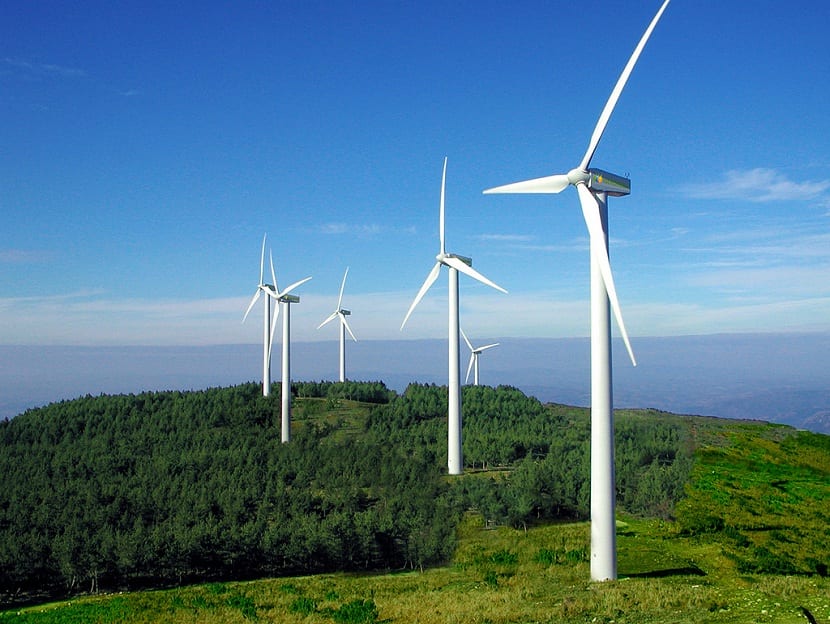
Energía eólica
Currently, there are more than 20.000 wind turbines installed in Spain, spread over more than 1.000 wind farms. For the most part, they have had a comportamiento excellent on key days of peak demand.
According to Red Eléctrica Española (REE), the record for wind energy production occurred on December 27, 2017, with a production of 330 GWh, being the first technology in the generation mix, with an electricity demand coverage of 47%.
In fact, December 2017 has ended up being the month of December with more generation wind of history.
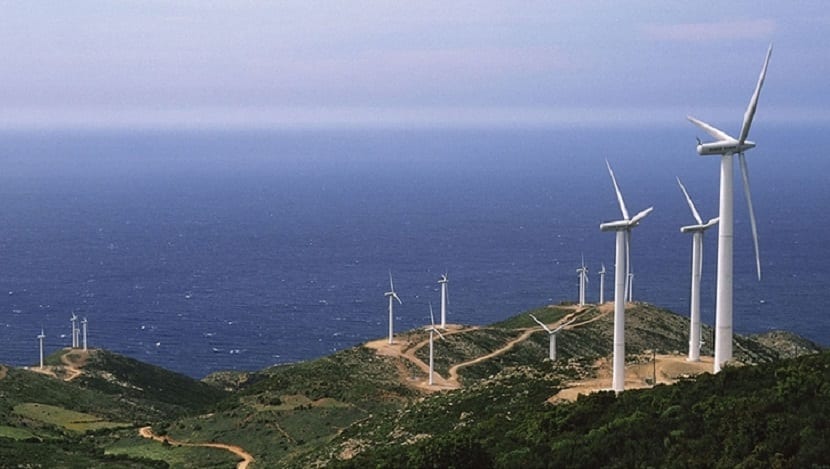
Without this wind energy contribution last December, the average price of the electricity market could have been up to € 20 / MWh higher, so the increase in wind generation it has meant a saving of 30-35% compared to last year (About € 400 million)
There are also 210 industries spread throughout the Spanish geography, placing Spain as the fourth largest producer in the world. Unfortunately due to the decrees of the Party, these centers have dedicated all their activity to export.
Offshore wind
Since last year, the Spanish wind power industry has been boosting in the offshore wind market. From the Technological Platform of the Spanish Wind Power Sector, REOLTEC, research, development and innovation actions have been integrated and coordinated that respond to the needs of the Spanish wind sector. In 2017, collaboration in R & D & I between the public and business sectors increased in a highly competitive market, facilitating the Spanish wind industry its position in offshore wind.
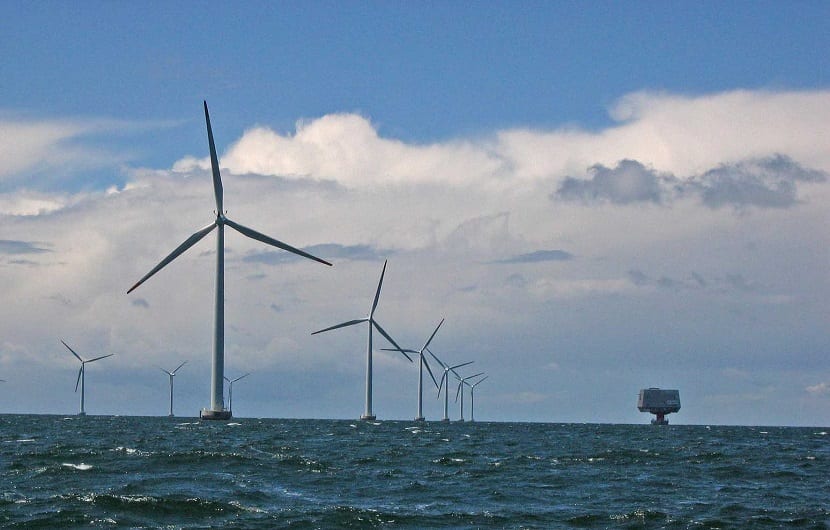
Renewable auctions
To comply with European directives, the government has carried out 3 mega renewable auctions, two in 2017 and one in 2016. These have given an important boost to the Spanish wind sector after the last few years in which only 65 MW of wind power have been installed.
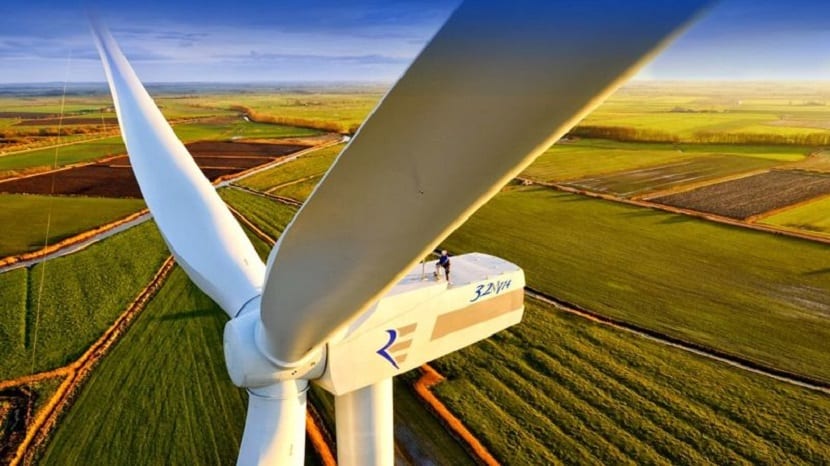
Energy Transition
To meet the challenge of planning the energy transition, AEE has prepared an analysis that collects the position of the sector with regard to the formulation of the Law on Climate Change and Energy Transition.
As a result of the analysis of AEE, the wind power installed in 2020 would reach 28.000 MW (taking into account the new auctions already awarded and the Canarian wind quota), so that the wind power would increase by 1.700 MW per year on average between the end of 2017 and the beginning of 2020.
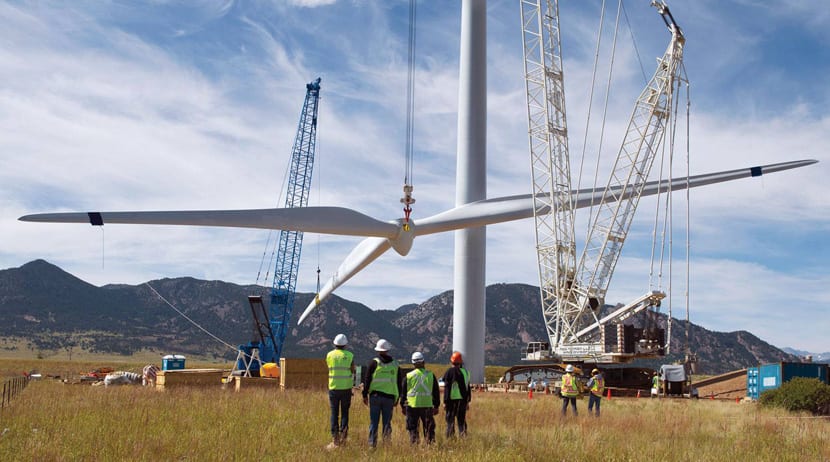
In the following decade it would increase by 1.200 MW per year until 2030, reaching the 40 GW of installed power.
Thanks to these new wind turbines from the study of AEE, the emissions of the Spanish electricity sector would be reduced by 2020 by 30% compared to 2005 (reference year for the European emissions trading system, ETS in its acronym in English) and by more than 40% by 2030.
According to PREPA, 100% decarbonisation would be achieved by 2040. Furthermore, the Spanish electricity mix would reach 40% coverage of demand with renewables in 2020, 62% in 2030, 92% in 2040 and 100% by 2050.
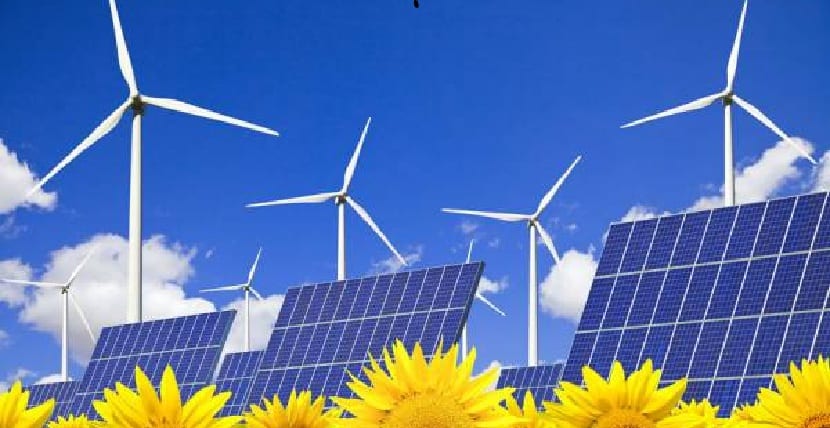
Challenges for the future
- A electric mix balanced.
- Coordination of the different bodies with competence to national level and autonomic in energy.
- Find a balance between reducing the cost of electricity and future investments. Mechanisms will have to be found so that the situation be sustainablesuch as long-term bilateral contracts or price hedges.
- Establish a stable regulatory framework that allows attracting investment necessary.
- In the case of the Canarian archipelago, it is essential to bet on wind energy to lower the cost of generation in the islands (currently the cost is more than double than in the peninsula, due to dependence on fossil fuels).
- The main objectives of the research are aimed at reducing costs and improving product quality, network integration in optimal conditions of safety and reliability, and improving the production process. All of this has to be fundamental to maintain Spain as a leader in offshore technology and establish the necessary conditions for the implementation of offshore wind energy.